This South Florida church, floor to ceiling in religious art, offers a portal to the past
On the outside, the Miami Lakes church looks like any other house of God, perhaps plainer than most.
The unassuming white exterior, topped by a tall bronze dome that peeks over the Palmetto Expressway, offers no hint that stepping into Christ the Saviour Orthodox Cathedral is like entering a glorious gallery of religious art — but one from long, long ago.
Every inch of the Orthodox church is covered in ornate iconography depicting saints, apostles, martyrs and scenes from the Bible — from Jesus Christ’s most famous miracles to the story of his crucifixion. A colorful icon of Christ holding the “book of life” sits at the very top of the dome-shaped ceiling surrounded by four large pillars, home to paintings of apostles Matthew, Mark, Luke and John writing the books of the gospel.
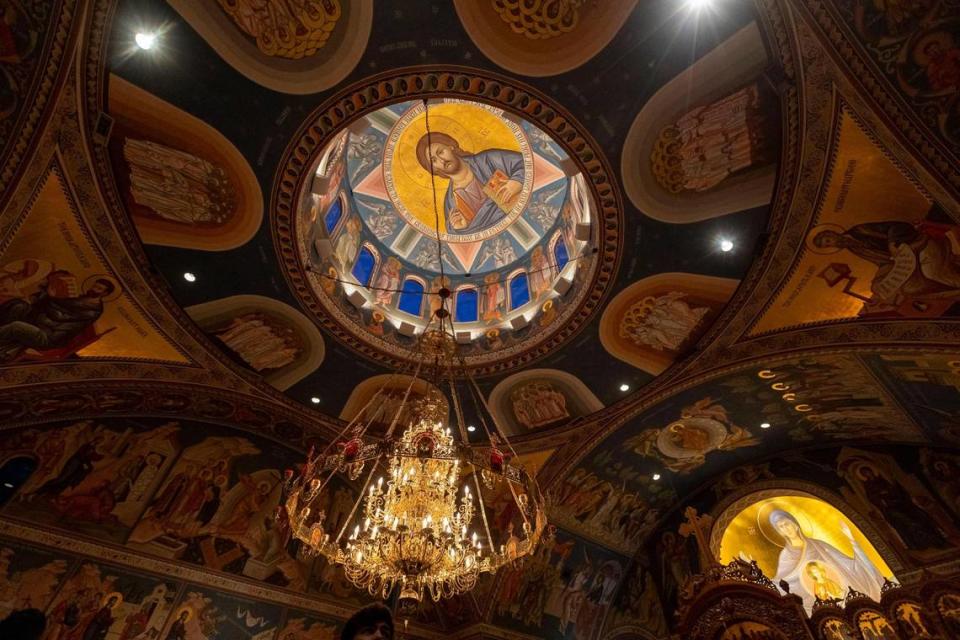
Christ the Saviour was established in the 1960s — but its architectural design reflects Orthodox traditions and beliefs that date back to the fifth century. In a world of constant social, technical and every other kind of upheaval, it adheres to an unchanged version of Christianity.
“There hasn’t been any innovation or movement .... in over one thousand years. It’s basically frozen in time,” said Father Joseph Lucas, rector of the Cathedral while giving a recent tour to students from St. Thomas University.
That means no rock band, no flashy strobe lights, no Bible verses displayed on giant screens as some Christian denominations have turned to in efforts to modernize services and draw a younger audience. Here, for example, the music is chanted, usually without instruments, or sung acapella by a choir.
The congregants don’t just sit in pews and listen. They stand, bow and move to venerate icons or kiss the cross. They stand for most of the service and perform “metanias,” or making the sign of the cross, bowing and sweeping the right hand along the floor, a gesture associated with penance and submission. The church smells strongly of incense.
“When we look at the Orthodox Church today, we don’t really see any change from about the 12th or 13th century until today,” Lucas said. “In terms of new hymns ... there’s definitely no theological ideas that are new.”
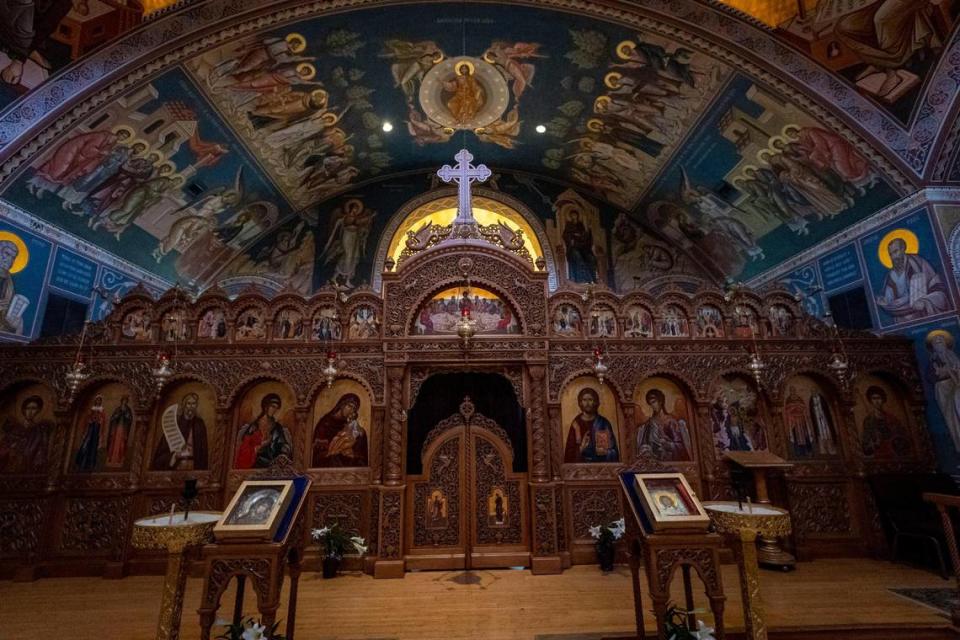
Orthodox Christian churches are designed to be a copy of the original temple on Mount Zion in Jerusalem, as evidenced by specific architectural details, like the partition at the front of the church separating church-goers from clergy. They are constructed so that the priest and congregants face east toward the altar and crucifixion icon during worship.
Unlike other forms of Christianity including Roman Catholicism and Protestantism, Orthodox Christianity was not influenced by the Reformation movement. After the fall of the Byzantine Empire, half of Eastern Europe, including the Balkans and Mediterranean, fell under Ottoman rule and was cut off from regular communication with the West. So social shifts like of the expansion of literacy and rise of science and individualism that took root in Western Europe were not embraced in the medieval church.
The result is that while some religions constantly update their doctrines, Orthodox Christianity does not.
“The people that are drawn to Orthodox Christianity are the ones who don’t want that,” said Lucas. “They want something ancient and stable, that they feel like, my grand kids and my grandparents would worship the exact same way.”
‘Disillusioned’ with modern Christianity
Although Orthodox Christianity is grounded in old traditions, it’s been attracting younger members in recent years, according to Lucas, who is also the dean of the South Florida Orthodox community. Over 50 percent of the congregation at Christ the Savior are local converts, the majority from Latin America and the Caribbean, said Lucas. That’s a change from what the church saw prior to 2011, when most of the members came from orthodox families going back generations.
What’s driving the recent influx of converts? After speaking with adults in classes offered to newcomers, or what he jokingly calls “Orthodox boot camp,” Lucas says that he’s noticed a trend of “burnout” in the Evangelical Christian world.
“A lot of people who have come to me said that they hit a wall,” Lucas said in an interview with the Herald. “The majority of them were kind of disillusioned with modern forms of Christianity because of its instability.”
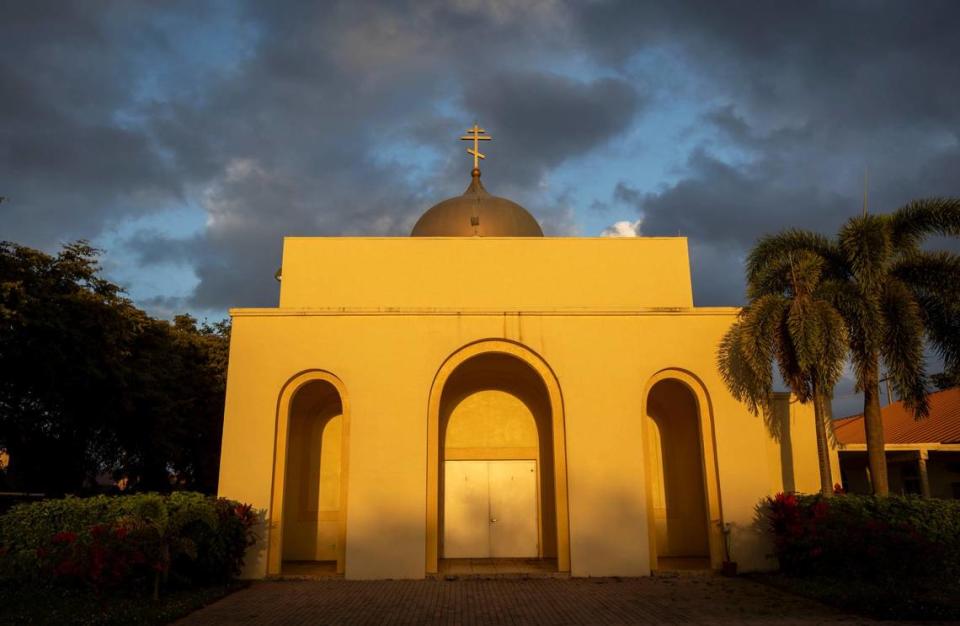
Lucas said that some people came to him seeking tradition, fed up with the way modern Christianity is connected to the latest trends of society.
“There was a sense that a lot of forms of Christianity are kind of fastened to whatever the most recent thing is,” he said. “People say ‘there must be more to Christianity than the things I listen to on the radio also being what I do at church every Sunday.’”
Christ the Saviour sees an average of 125 congregants on any given Sunday, an increase from ten years ago when it would see 50-60 people. The growth is mostly organic through word of mouth, as the church spends no money on marketing or advertisements.
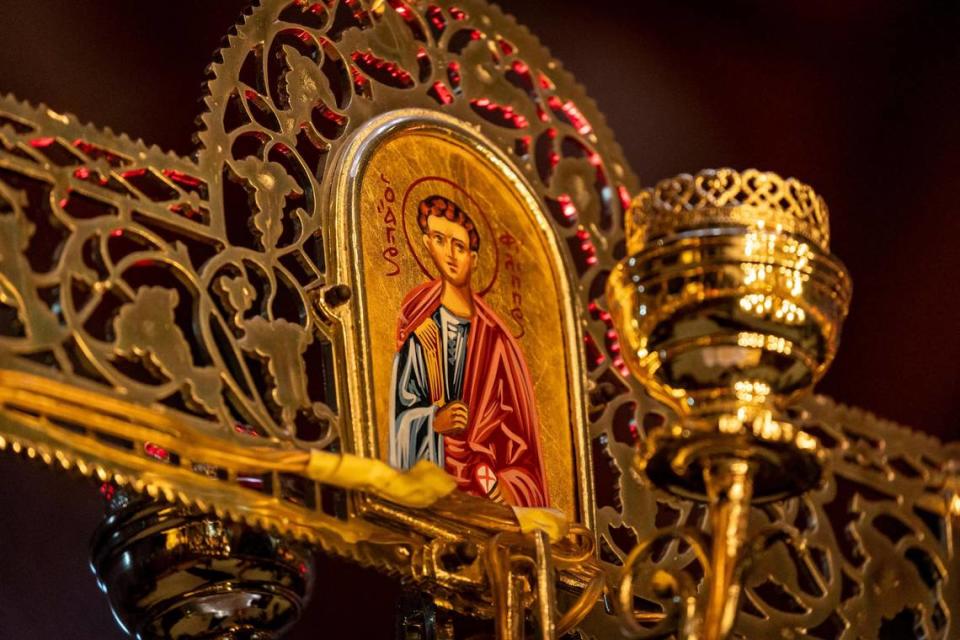
College students get a taste of tradition
St. Thomas University theology professor David Masters takes his students to Christ the Saviour every year for an assignment on contemplating religious images, or “Visio divina.” Students are supposed to walk up to a scene at the church, learn about its meaning, then pray to God to reveal something through the image while meditating on the meaning.
“I prefer scenes from the Gospels or scenes from miracles, something where there’s a story to it. In this church, there’s a bunch of scenes to pick from,” he said. “ I asked them to ask God if there’s some messages in it for them.”
Student Darnel Charite said the style of worship doesn’t compare to what he’s used to in his own church in Miami Gardens, which he prefers.
“The way we would praise God is mostly through music and dancing. So in a Haitian church, that’s how it is and it’s very long.”
But Charite said he still found the tour, and the cathedral, captivating. “The architecture here is nice. The paintings represent everything about the different books in the Bible.”
It was a different story for Gabriel Gonzalez, a former student of Masters, who ended up converting to Orthodox Christianity after many years of struggling to connect to a religion. It was a series of tough events — including a near death experience and an emotional break-up — that led him to attend a service at Christ the Saviour.
“[Orthodox Christianity] oriented me into a better person and provided more structure. I felt more liberated.”
It wasn’t until he was pulling up to the church that he recognized the cathedral from his class tour years ago.
“We were one of the very last people to leave,” Gonzalez said about that first service. “A lot of things made sense to me in Orthodoxy ... The people from this community genuinely care for other people. This community means everything to us. It’s our family.”
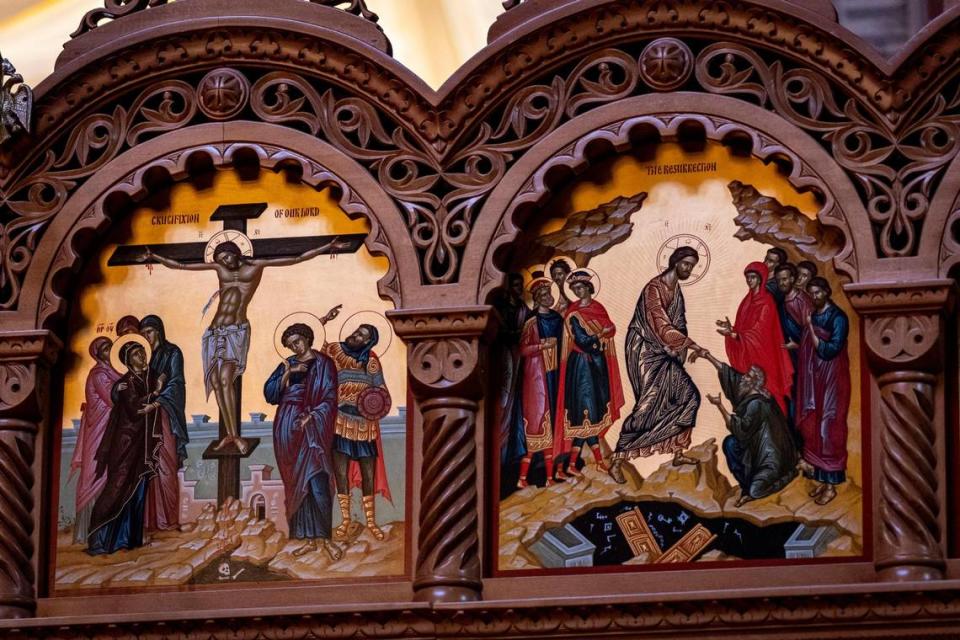
This story was produced with financial support from Trish and Dan Bell and from donors comprising the South Florida Jewish and Muslim Communities, in partnership with Journalism Funding Partners. The Miami Herald maintains full editorial control of this work.


